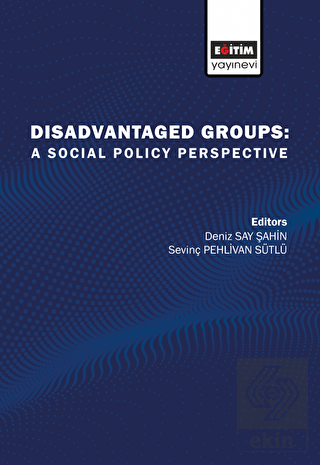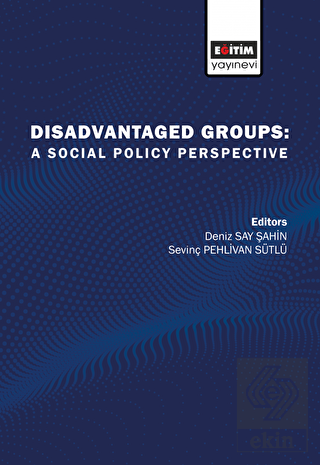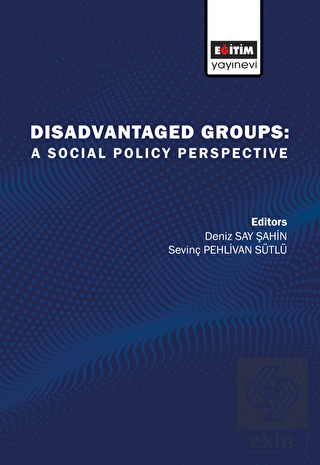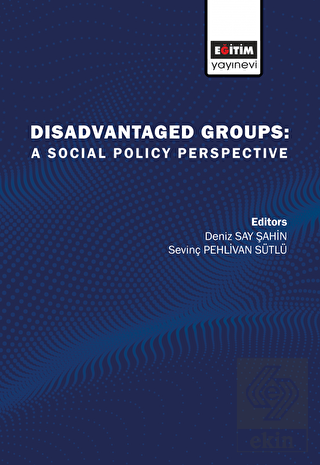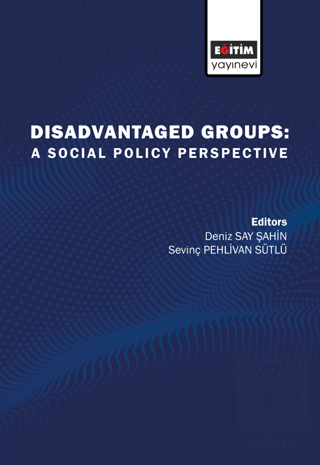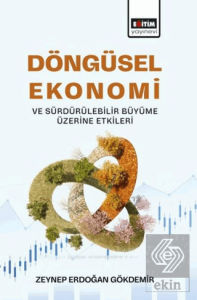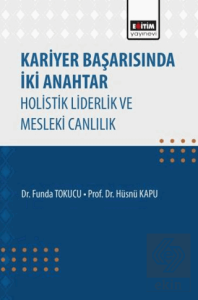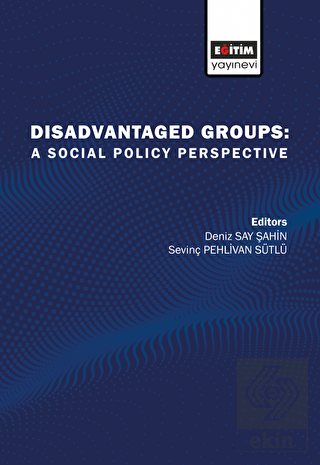
Universal Declaration of Human Rights begins as "All human beings are born free and equal in dignity and rights." and "Everyone is entitled to all the rights and freedoms set forth in this Declaration, without distinction of any kind, such as race, colour, sex, language, religion, political or other opinion, national or social origin, property, birth or other status." But some segments of the society have more rights and freedoms than "others". Although the "Others" have been given names such as Groups that Need Special Protection, they are now called Disadvantaged Groups and include children, young people, addicts, the elderly, the disabled, immigrants, minorities, ex-convicts, women, single-parent families, the poor. Considering that the majority of the world's population consists of children, young people, women and the elderly, it is obvious that the problems of disadvantaged groups are actually the problems of society. Although the groups are counted individually, a person is in more than one group; The disadvantaged poor child can grow up to be a woman who becomes a single parent.
Headings such as reaching quality education, ending hunger and poverty, gender equality, developing self-confidence, increasing access and control to resources, increasing social awareness, working to transform institutions and structures that contain discrimination and inequality are the targets set for the elimination of social inequality and disadvantages. In this context, although there are many studies, projects and legal regulations being carried out in countries and around the world, the path taken is not at the desired level. Regulations that are not internalized and supported at the social level remain at the level of theory and cannot provide the expected change in our daily life. It is known that studies in this field and published documents have an important function in providing social awareness.
Universal Declaration of Human Rights begins as "All human beings are born free and equal in dignity and rights." and "Everyone is entitled to all the rights and freedoms set forth in this Declaration, without distinction of any kind, such as race, colour, sex, language, religion, political or other opinion, national or social origin, property, birth or other status." But some segments of the society have more rights and freedoms than "others". Although the "Others" have been given names such as Groups that Need Special Protection, they are now called Disadvantaged Groups and include children, young people, addicts, the elderly, the disabled, immigrants, minorities, ex-convicts, women, single-parent families, the poor. Considering that the majority of the world's population consists of children, young people, women and the elderly, it is obvious that the problems of disadvantaged groups are actually the problems of society. Although the groups are counted individually, a person is in more than one group; The disadvantaged poor child can grow up to be a woman who becomes a single parent.
Headings such as reaching quality education, ending hunger and poverty, gender equality, developing self-confidence, increasing access and control to resources, increasing social awareness, working to transform institutions and structures that contain discrimination and inequality are the targets set for the elimination of social inequality and disadvantages. In this context, although there are many studies, projects and legal regulations being carried out in countries and around the world, the path taken is not at the desired level. Regulations that are not internalized and supported at the social level remain at the level of theory and cannot provide the expected change in our daily life. It is known that studies in this field and published documents have an important function in providing social awareness.
| Taksit Sayısı | Taksit tutarı | Genel Toplam |
|---|---|---|
| Tek Çekim | 414,00 | 414,00 |
| 2 | 215,28 | 430,56 |
| 3 | 149,04 | 447,12 |
| Taksit Sayısı | Taksit tutarı | Genel Toplam |
|---|---|---|
| Tek Çekim | 414,00 | 414,00 |
| 2 | 215,28 | 430,56 |
| 3 | 149,04 | 447,12 |

